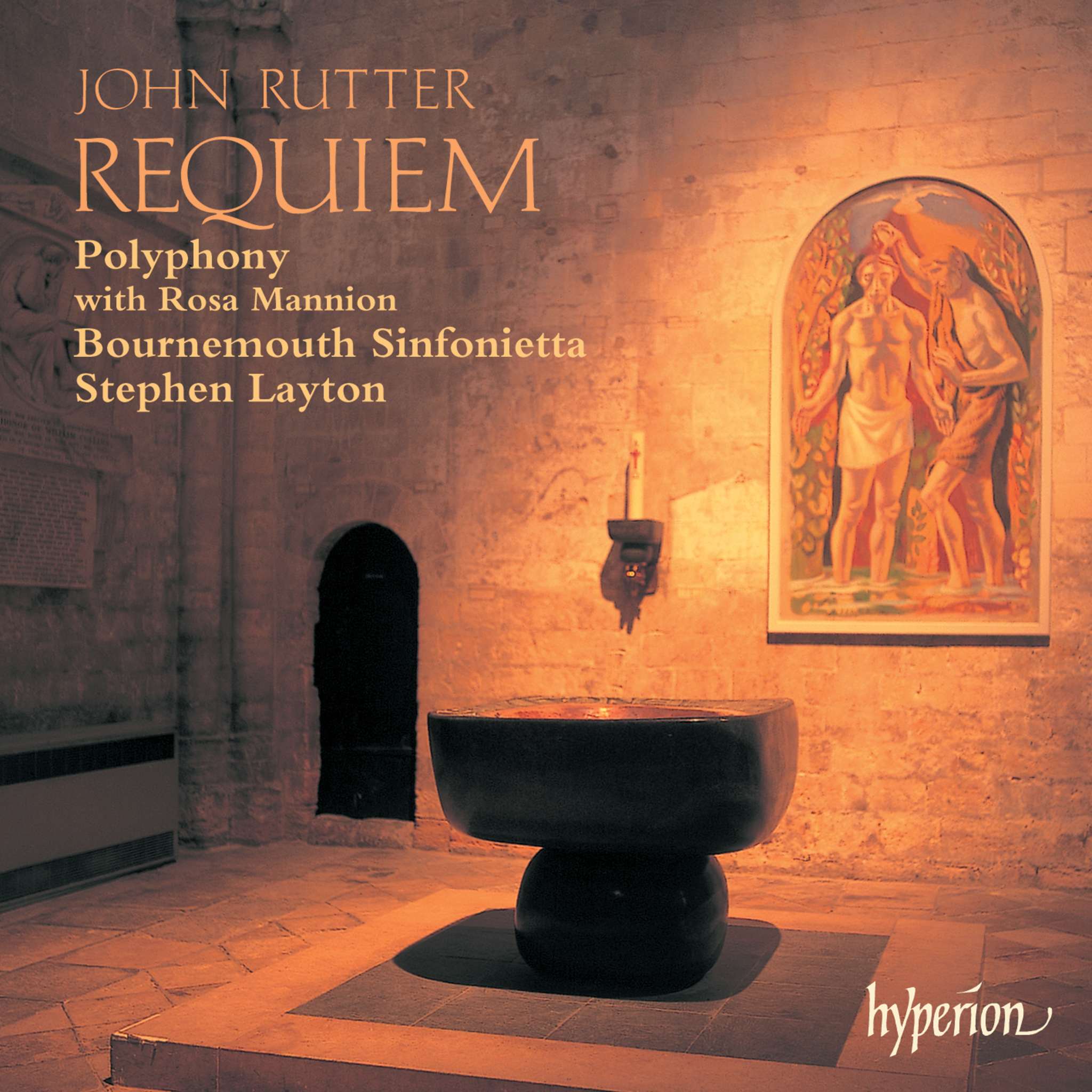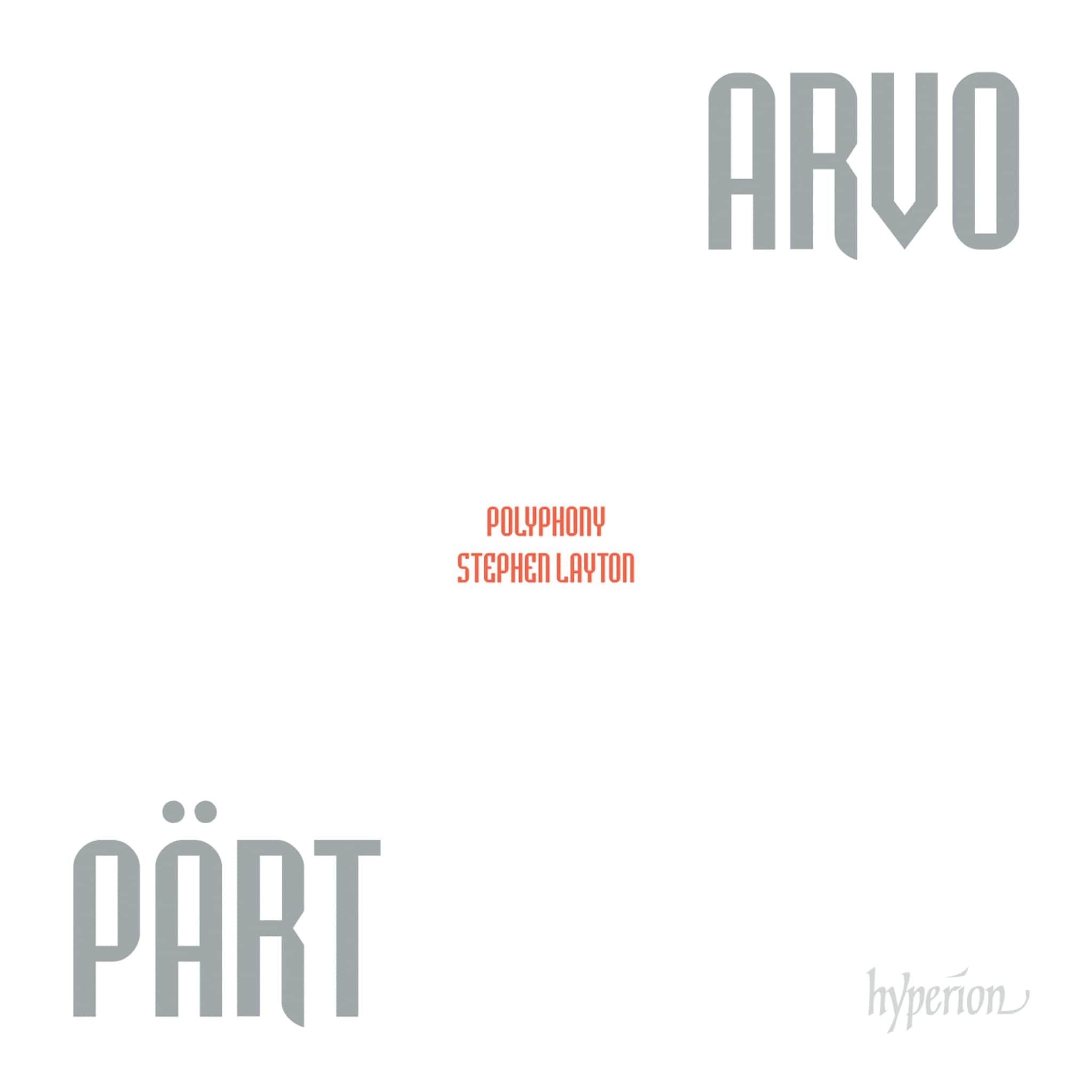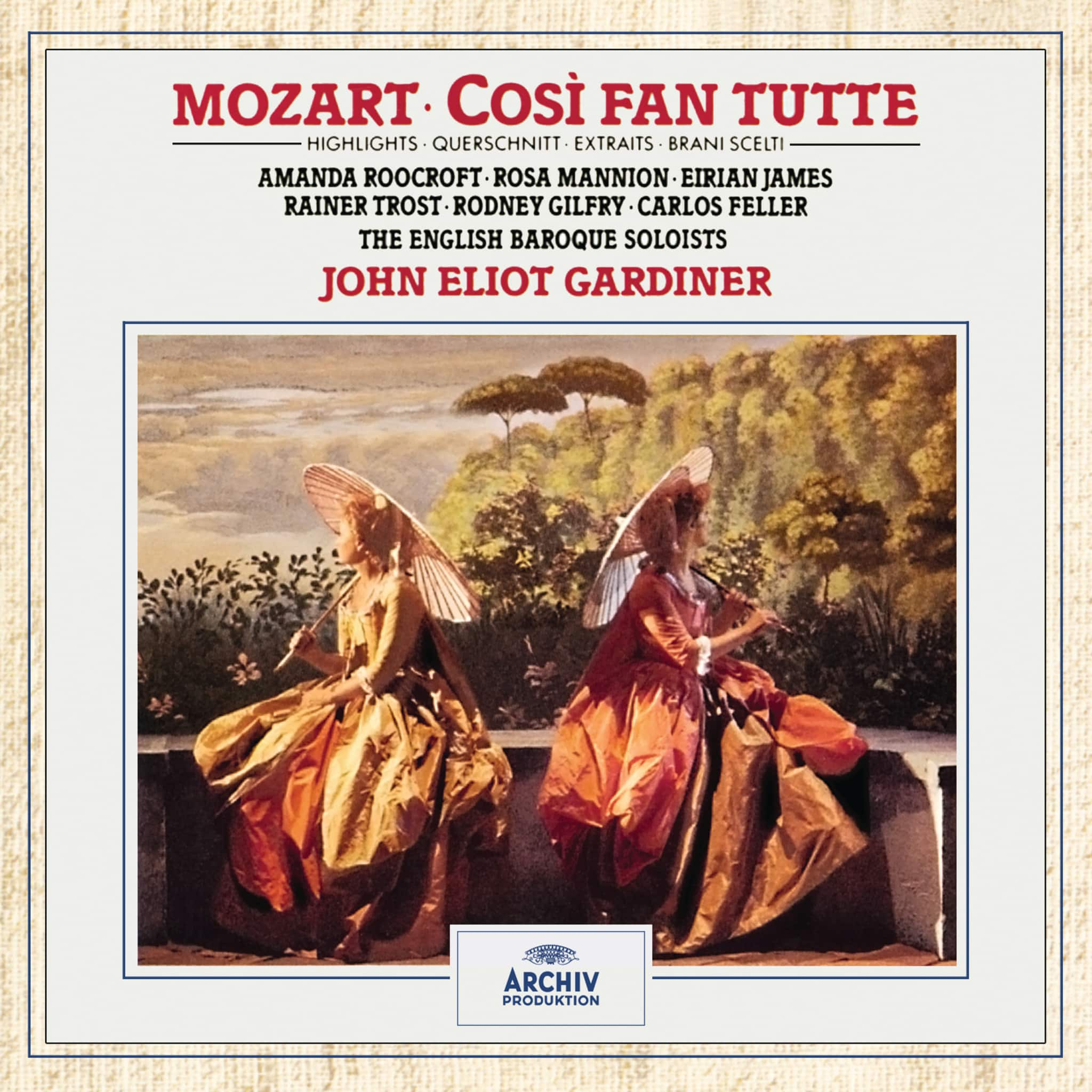Album insights
Georg Philipp Telemann (1681–1767), einer der bedeutendsten deutschen Komponisten des frühen 18. Jahrhunderts, prägte maßgeblich die musikalische Landschaft seiner Zeit. In Magdeburg geboren, entwickelte er sich weitgehend autodidaktisch zum Musiker und erlangte während seines Jurastudiums in Leipzig erste größere Erfolge als Komponist. Nach Anstellungen in Sorau und Eisenach wurde er 1712 zum Musikdirektor in Frankfurt am Main ernannt, wo er das städtische Musikleben erheblich bereicherte und ein Collegium Musicum für wöchentliche öffentliche Konzerte gründete.
Sein persönliches Leben wurde 1711 durch den Tod seiner ersten Frau nach der Geburt einer Tochter erschüttert. Einige Historiker vermuten, dass dieses Ereignis ihn dazu bewegte, Eisenach zu verlassen, während andere annehmen, dass er der Einschränkung durch adelige Gönner entfliehen wollte. In Frankfurt heiratete er 1714 erneut und wurde Vater von zehn weiteren Kindern, von denen keines musikalisch tätig wurde.
1721 nahm Telemann die Position des städtischen Musikdirektors in Hamburg an, hauptsächlich wegen der dortigen Opernmöglichkeiten. In Hamburg verbrachte er den Rest seines Lebens und schuf eine beispiellose Fülle an kirchlicher und weltlicher Musik. Als Leiter der Hamburger Oper von 1722 bis zu deren Schließung 1738 komponierte und inszenierte er mehr als zwanzig eigene Opern und brachte auch Werke anderer Komponisten zur Aufführung. Darüber hinaus gründete er seinen eigenen Musikverlag, gravierte persönlich die Druckplatten und organisierte den europaweiten Vertrieb seiner Werke. Mit seinem Aufenthalt in Paris 1737/38 erlangte er endgültig internationalen Ruhm und festigte seinen Platz als einer der produktivsten und vielseitigsten Komponisten der Musikgeschichte.










